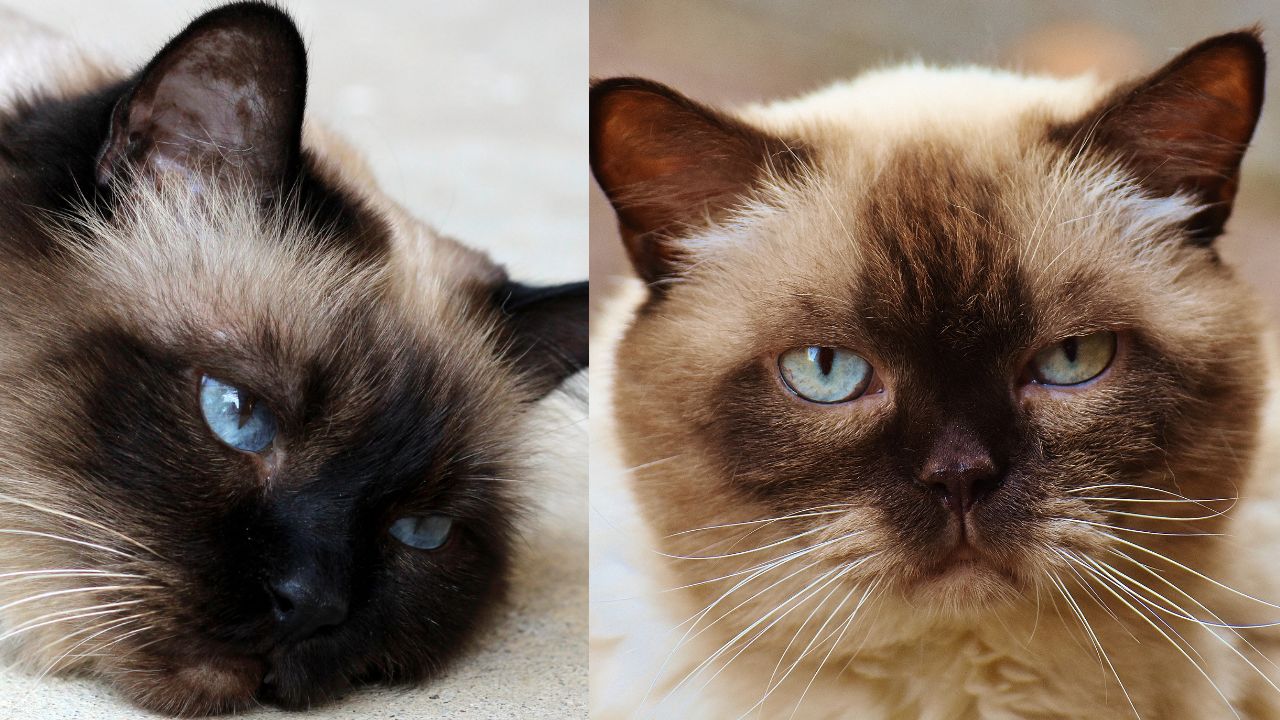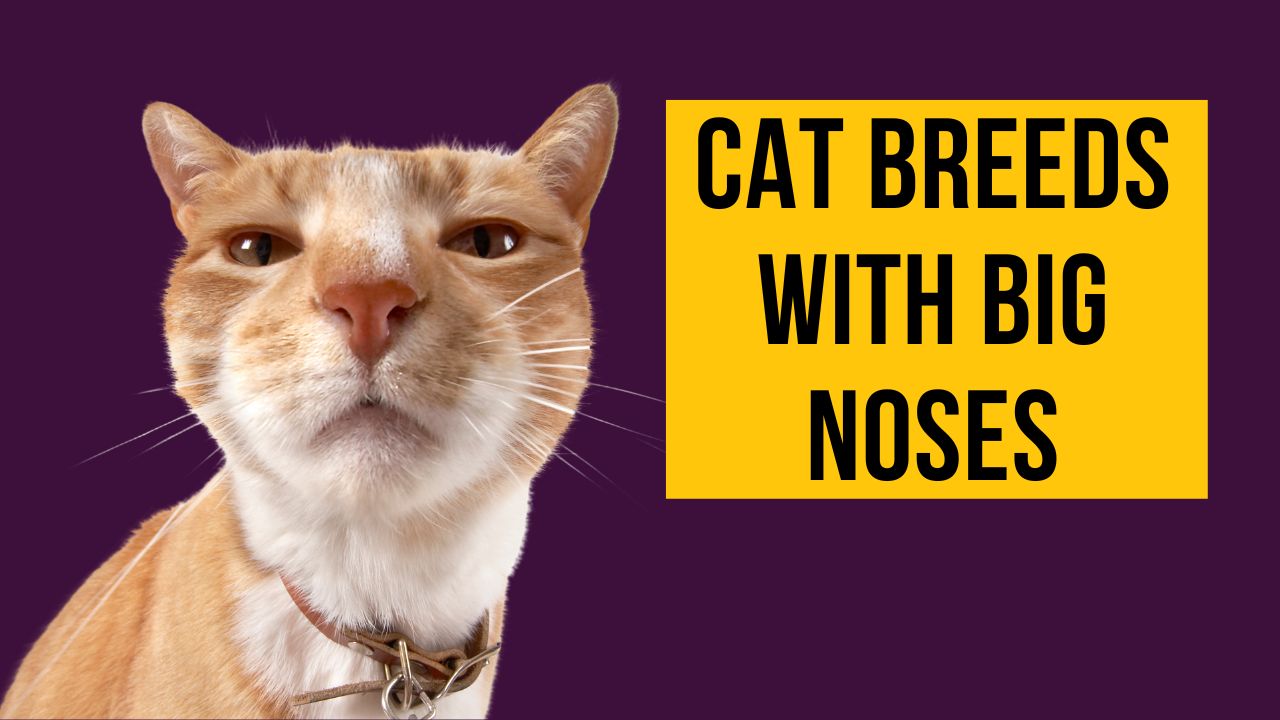
Cat breeds with big noses? Have you ever wondered how your cat got their nose? It might not seem like something you’d ever give much thought to, but believe it or not, the shape of your cat’s nose tells you quite a bit about its heritage, personality, and health history. That’s why we’ve put together this list of 10 of the most common cat breeds with adorably large noses. Learn more about these breeds and see if you can figure out their personalities based on their noses!
The Persian Cat
The Persian is a sleek and slender cat with an elegant coat. They were first bred in the 18th century by British and French aristocrats to keep their homes free of pests and to be companions. Their long, low-set ears and short fur make them a popular choice for those who want a hypoallergenic pet or live in hot climates. Persians are characterized by their flat faces, round heads, and full cheeks. Their eyes are almond-shaped and set slightly apart from each other. They come in many colors: white, black, brown, red tabby, silver tabby, blue tabby, or cream tabby.
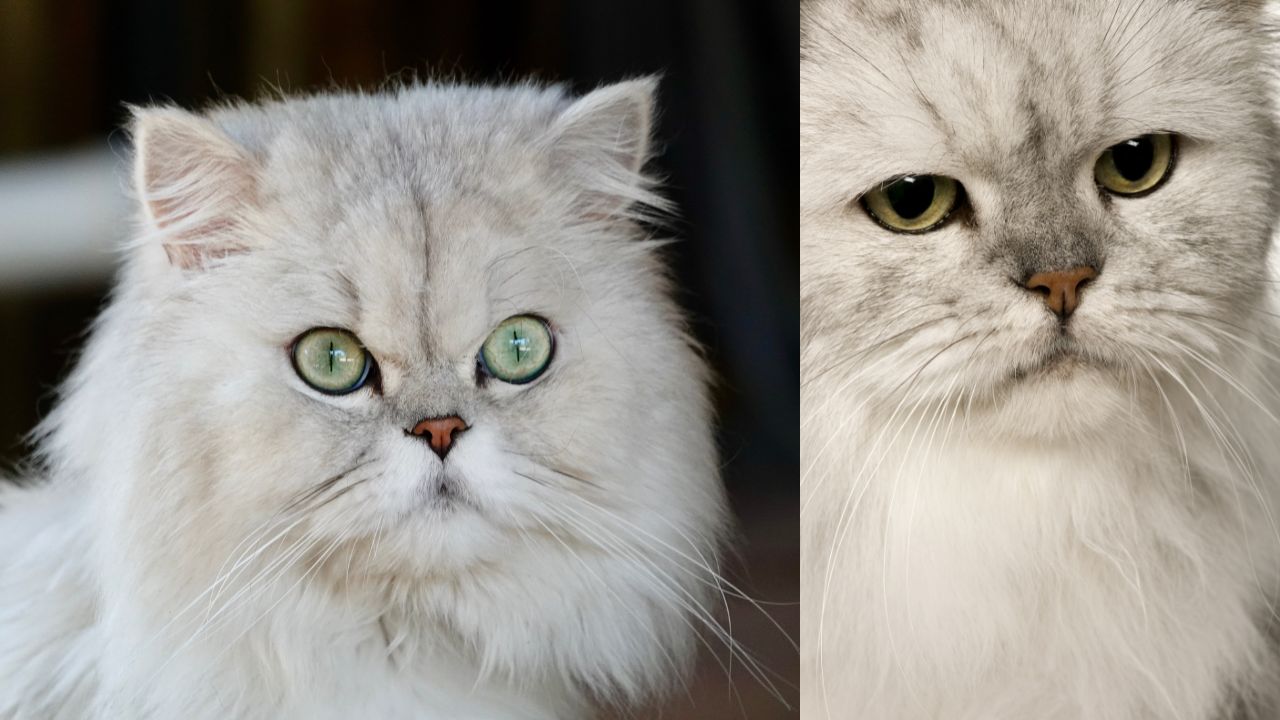
The British Shorthair Section
The British Shorthair is a breed of domestic shorthair, distinguished by its muscular body and long, heavy tail. The species has a broad head with a square muzzle, and the triangular shape of the British Shorthair’s nose is often likened to that of the boxer dog. It has a dense coat that comes in many colors and patterns. In Britain, this breed is called British Blue, as it was developed by crossing various blue cats from England with black cats from France. It also shares a similar history to its cousin, the American shorthair.
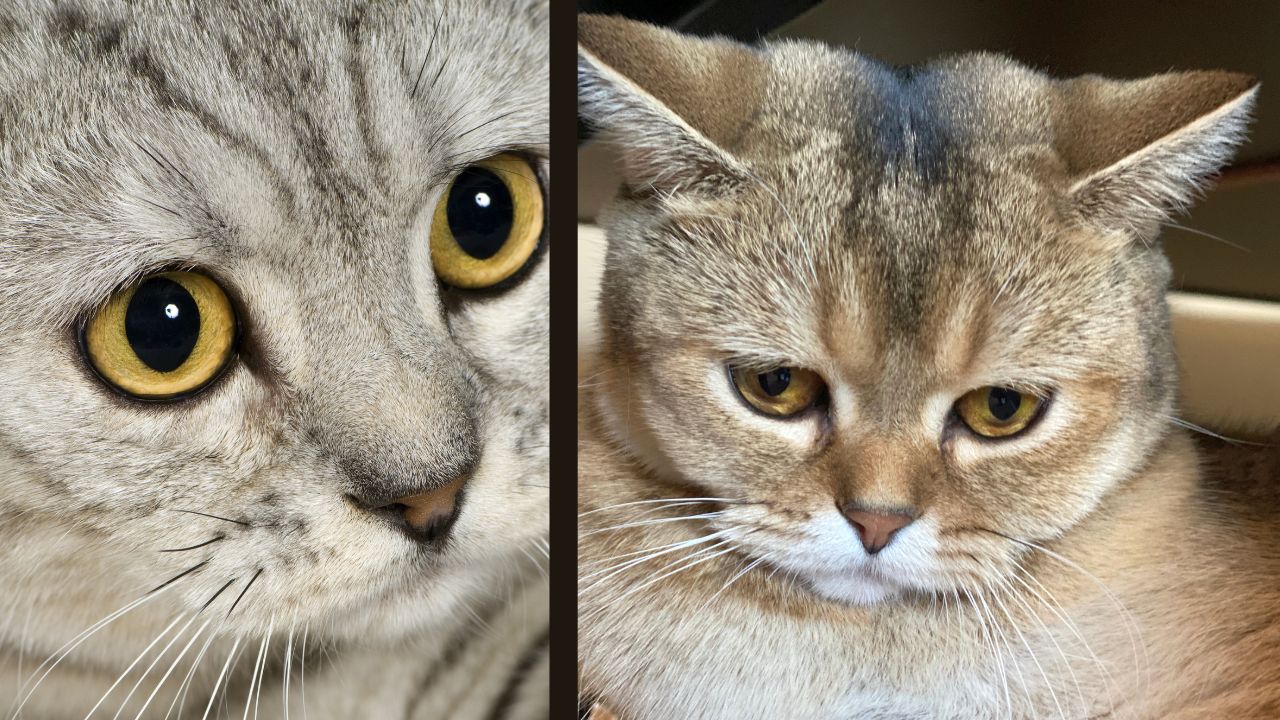
The Abyssinian Cat
The Abyssinian is a breed of domestic short-haired cat that was initially bred in England in the early 1900s. The breed’s original name is the Haifa Cat, from Haifa, Israel. The cats were eventually imported to England and renamed the Abyssinian. These cats are known for their intelligence and curiosity, but they also make great companions for children because of their playful personalities.
Lady Wentworth-Fitzwilliam imported the first generation of Abyssinians to England from Egypt in 1926. She brought back two male and five female cats to start breeding programs at her estate in Sussex.
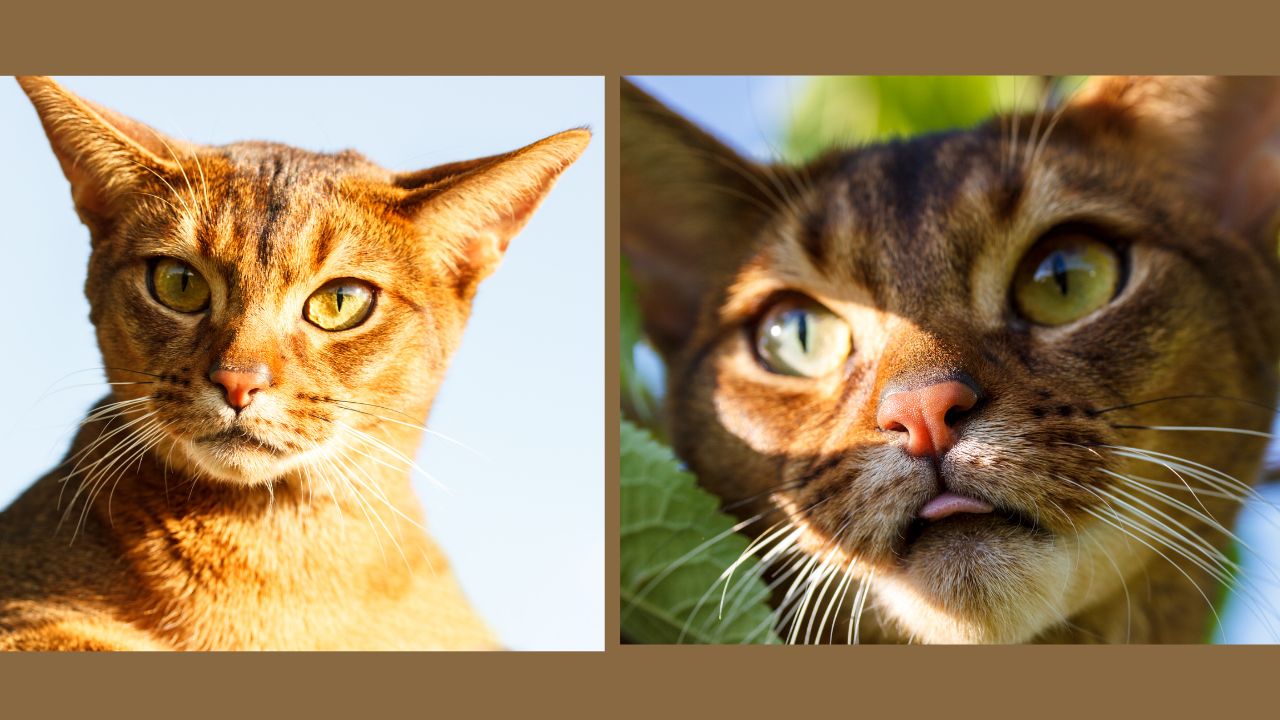
The Japanese Bobtail Cat
The Japanese Bobtail resembles another ancient cat breed called the Manx, which has no tail at all and just a stubby little nub sticking out where it should be. The Japanese Bobtails (and Manxes) were most likely crossbred with British Shorthairs, who were imported into Japan in the 1930s after World War I.
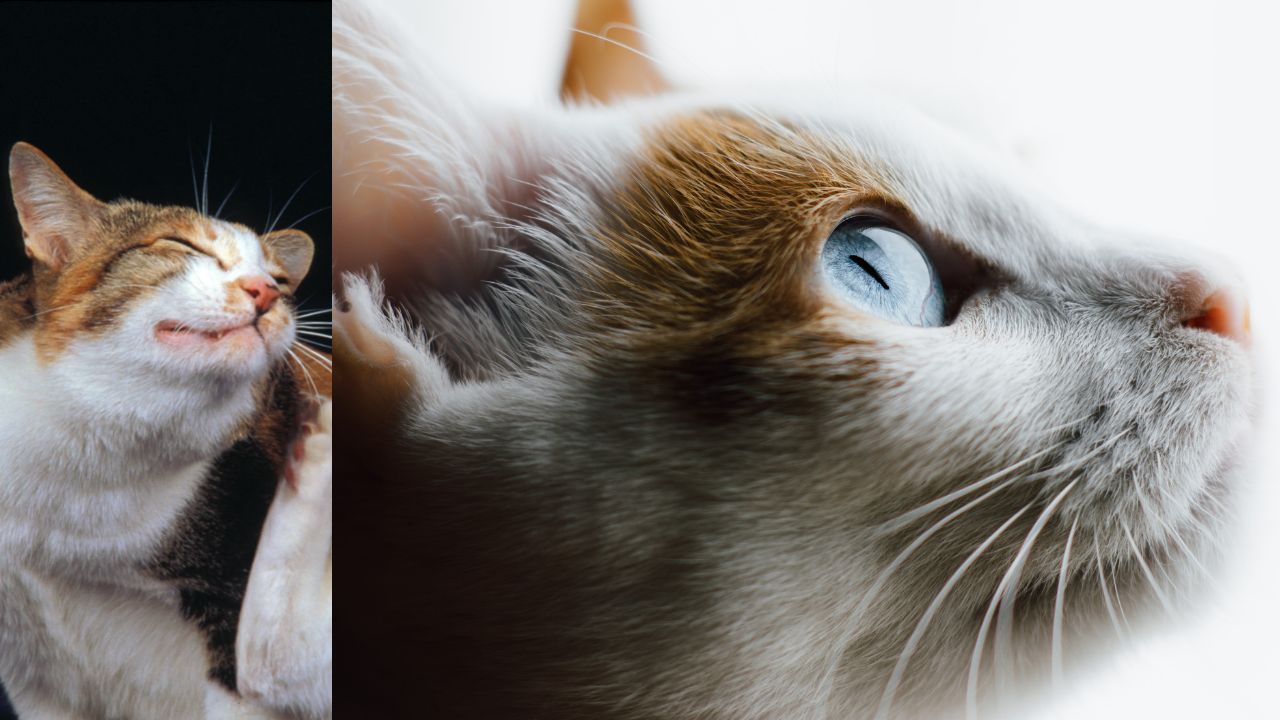
The Scottish Fold Cat
Scottish Fold cats, also known as the lop-eared or droopy-eared cats, are a relatively new breed of a domesticated housecat. The Scottish Fold originated in Scotland in 1961 when a longhaired white and orange tabby kitten named Susie was born to two ordinary-looking Scottish Shorthairs, Mackenzie and Suzy. This new breed was initially called the lop-eared or drooped-eared cat but eventually became the Scottish Fold. The unique trait of this breed is that their ears fold forward (downward) rather than sticking straight up like other cats. Today, because of Susie’s offspring, there are around 300 registered purebred Scottish Fold kittens born worldwide.
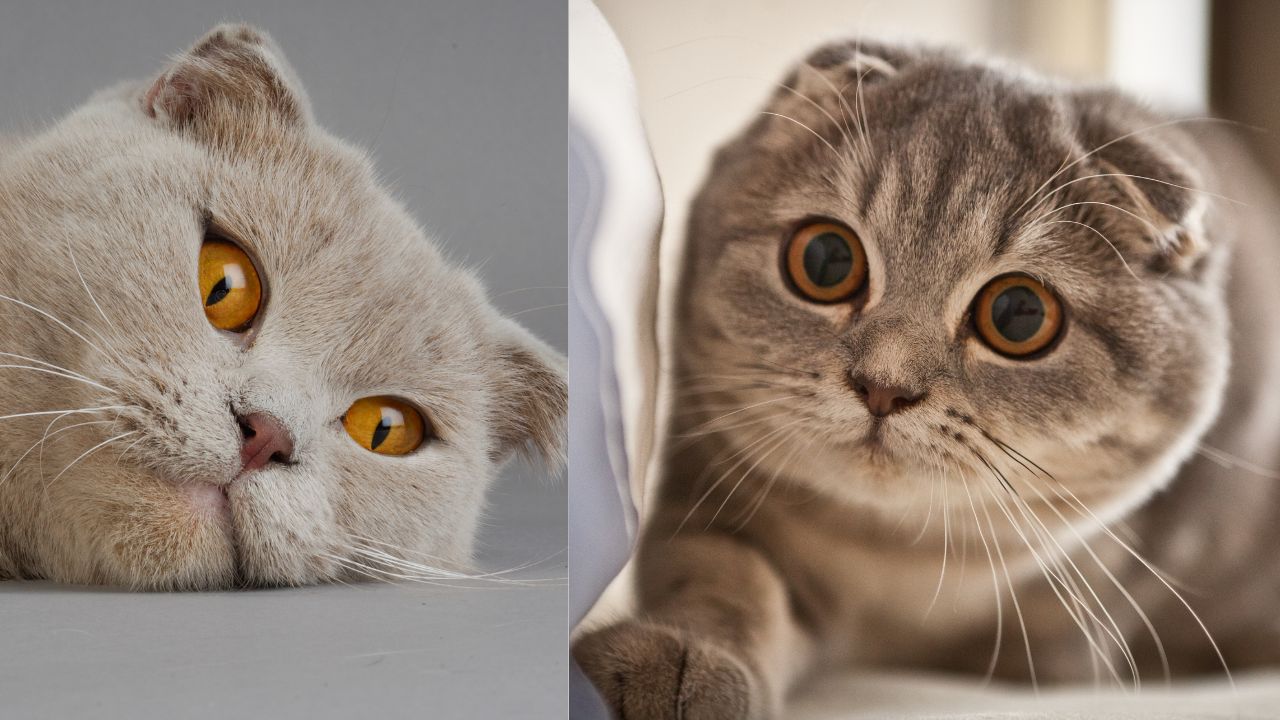
The Cornish Rex Cat
Cats have been our furry friends for over 10,000 years. With all humans’ time with cats, you’d think we would know everything about them by now. But there are still plenty of things that remain a mystery to us. One of those mysteries is what makes some cats’ noses so big.
No one knows for sure, but there are several theories about why they evolved this way. Some people believe that because their ancestors were desert-dwellers, they needed more giant nostrils to help them stay cool when it was hot outside. Others think their more prominent nose allows them to better hunt down prey in dark places like caves or sewers. And still, others believe it is simply a result of inbreeding between different species over many generations.
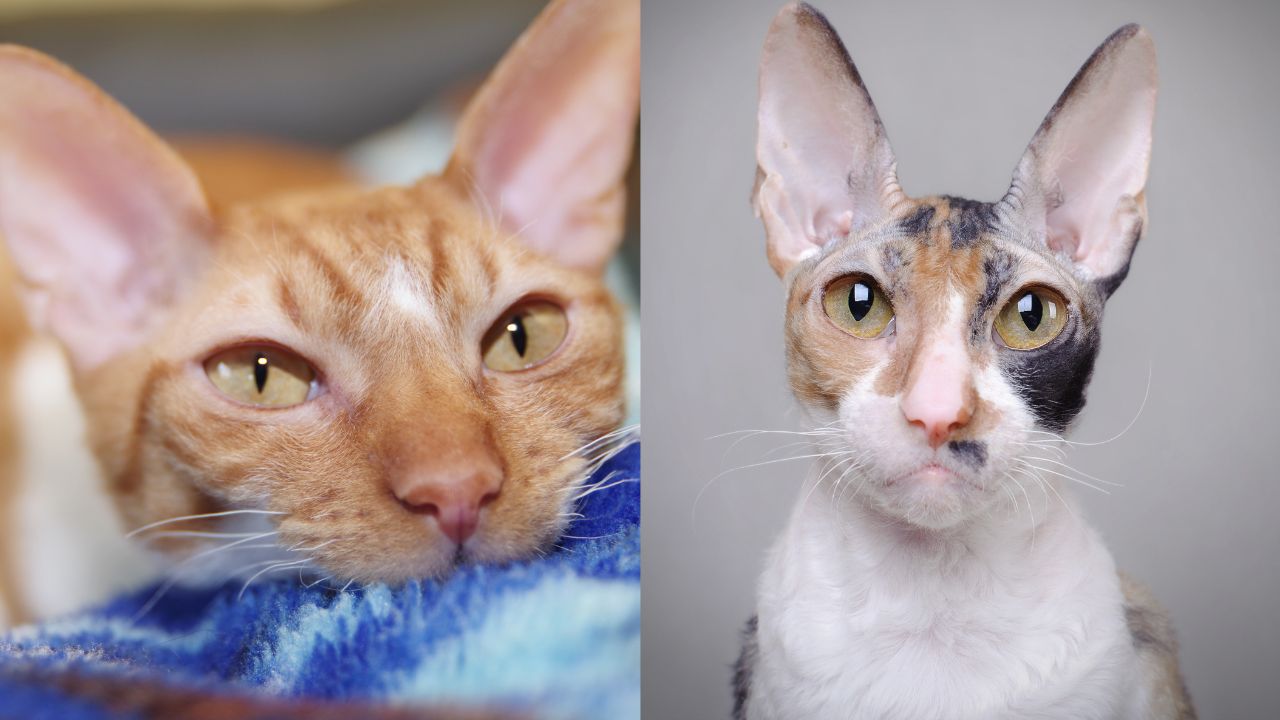
The Russian Blue Cat
The Russian Blue is a beautiful, blue-eyed short-haired feline. These cats are brilliant and have a gentle nature. The coat of the Russian Blue Cat is short, soft, and glossy, which gives it that luxurious feel. The eyes of the Russian Blue Cat are light in color and have an almond shape. With their blue coats and striking green eyes, these felines often look like they’re wearing mascara!
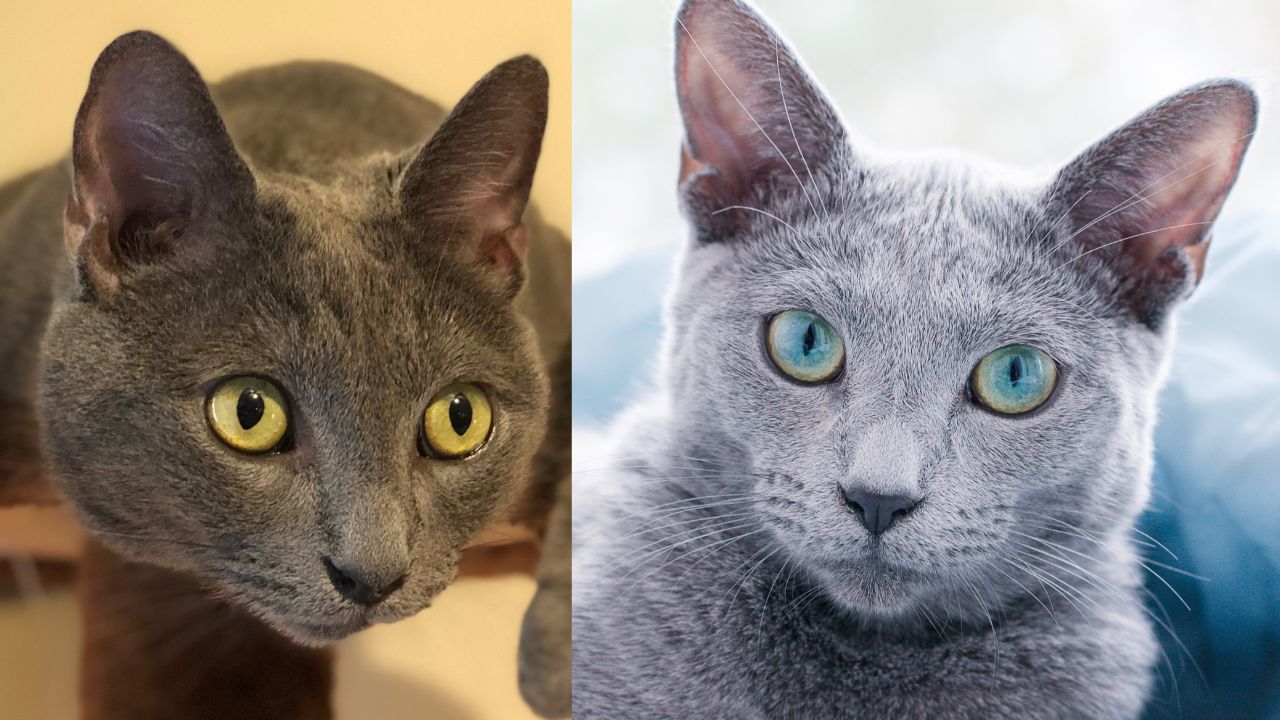
The American Curl Cat
The American Curl is a cat breed with what is often called curls. The name is derived from their curly ears, and the breed initially came about in West California in the late 1970s. The species had its start as a spontaneous mutation. It was accidental, but it has become one of the most popular cat breeds. They have a round body and short legs, which make them look like they’re always sitting down. This attractive characteristic, combined with their big nose and curly ears, makes them one of the more distinctive-looking cats today.
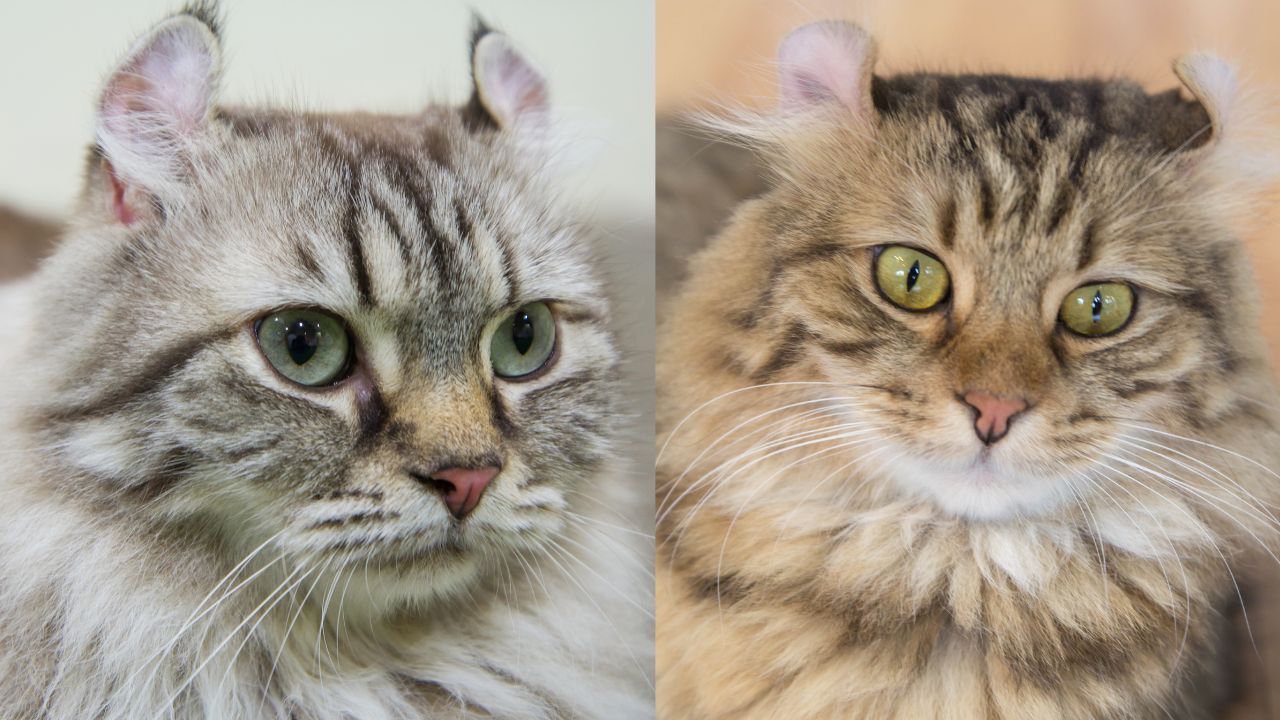
The Pixie-Bob Cat
Originating in the 1950s, this breed is marked by a short haircut that leaves their fluffy little head looking like a bobble-headed doll. The Pixie-Bob Cat is a robust and intelligent animal that loves to play games and has been known to purr loudly when they are feeling contented.
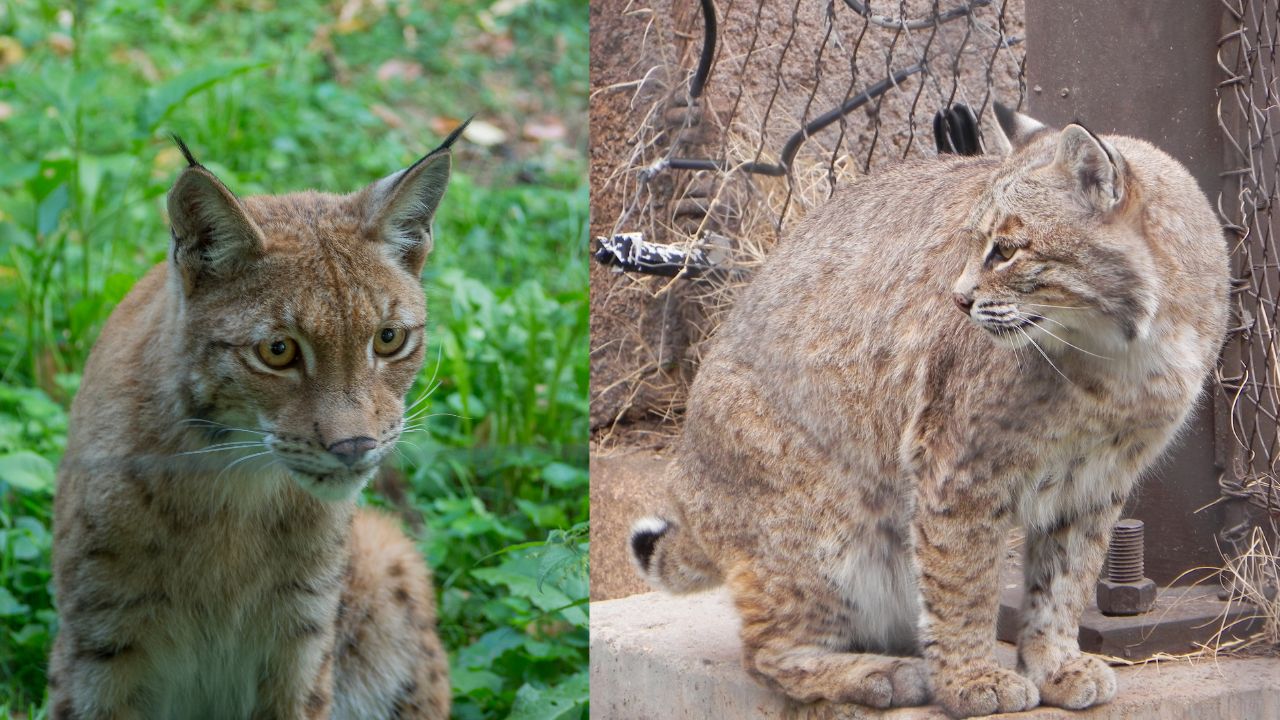
Burmese
Burmese cats are one of the most recognizable breeds due to their large, round eyes and cute little button noses. It is not uncommon for a Burmese to have what appears to be a unibrow. They have soft, silky coats in all colors, including silver, black, brown, and cream. This breed is amiable and makes a great family pet as they get along well with children and other pets.
